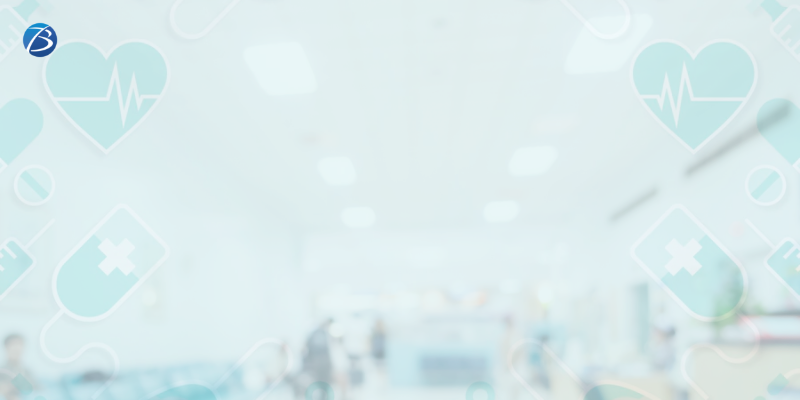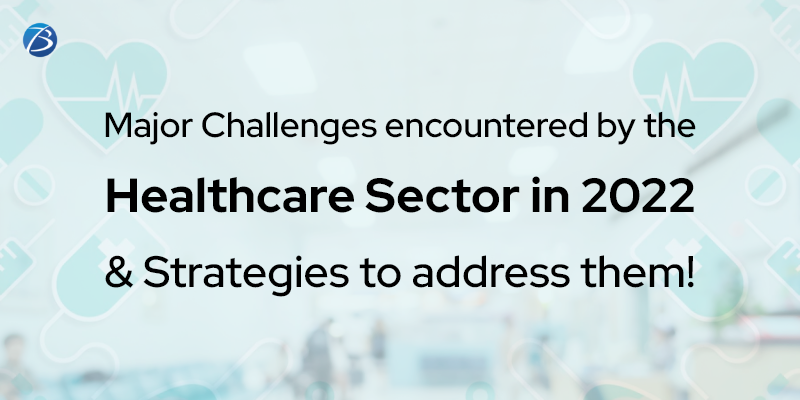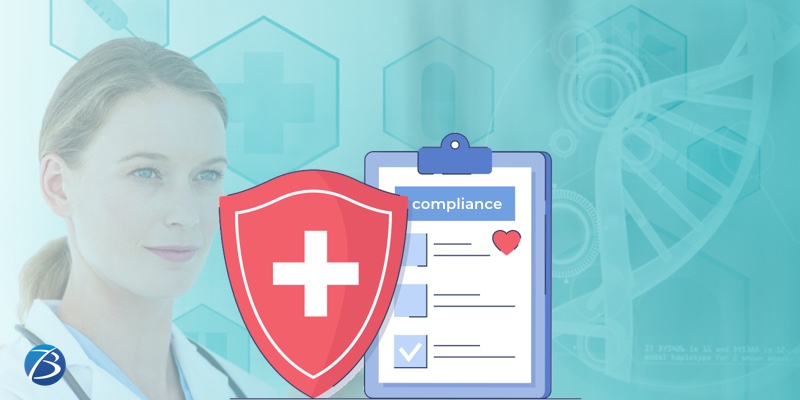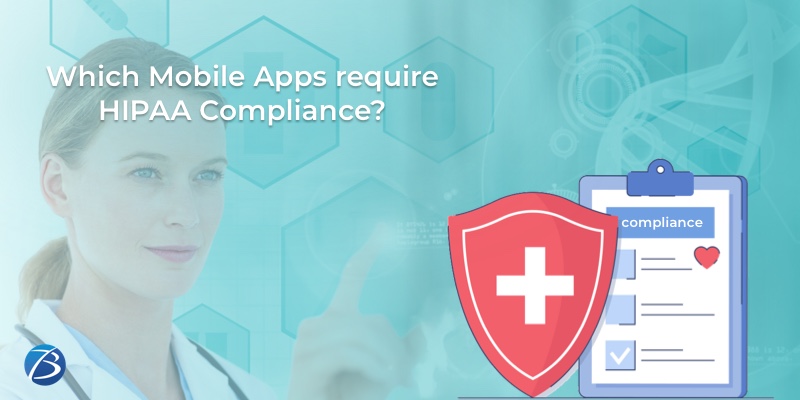What are the Key Challenges encountered by the Healthcare Sector in 2022 and how to address them?


The healthcare industry is ever-evolving to meet the dynamic and demanding requirements of changing times. Factors like emerging technologies, rising patient expectations, the latest healthcare trends, and the discovery of new avenues of clinical treatment are the major driving forces behind the need for transformation. However, this transformative journey brings in loads of bottlenecks that healthcare providers struggle to deal with.
I have penned down the major issues prevalent in the healthcare industry as well as effective measures to address those roadblocks. Here we go!
Key Healthcare Industry Challenges and Remedial Measures

Demanding Patient Expectations
The healthcare service expectations of modern-era patients are sky-high and demanding indeed. The most popular demand that was fuelled up by the Covid19 pandemic is a healthcare service that combines both models – virtual and in-person doctor consultations – depending on the requirement/urgency of patients’ medical conditions. Today, most medical facilities offer the option of virtual consultation in real-time via video calling; but effectively integrating in-person and virtual services is quite challenging. The reason is healthcare professionals find it difficult to decide as to which patients need an in-person visit and which patients can be managed by virtual consultations.
Patients, these days, have got accustomed to the convenience of an elevated experience offered by other industries, particularly the retail sector. Needless to say, they crave a similar customer experience from their healthcare provider as well. Telehealth and telemedicine experiences are the most sought-after healthcare models. Patients prefer a streamlined experience including services like ePrescriptions, online prescription refilling, downloading lab results/immunization records, online appointment booking/rescheduling/cancellation, timely reminders via push notifications, online bill payment with multiple available options, checking of insurance status or account status digitally, etc.
Lastly, patients expect fast and flawless services from the practitioners as well as front-desk staff.
Remedial measures
Healthcare organizations need to employ patient-friendly and effective telemedicine/telehealth mobile apps and also integrate secure and HIPAA compliant software solutions/systems to record patient data and provide access to authorized users as and when needed. For this reason, it is advisable to create a centralized portal that consolidates all patients’ information and clinical data. The patient history should be updated regularly, and the portal must be made accessible to all medical staff to avoid unnecessary delays, clinical setbacks, and fatal diagnoses/treatment errors.
Appropriate Handling of Big Data
The digital tools and software solutions that are adopted by medical practices to record and process patient information and clinical data; generate humungous volumes of handy data known as Big Data. This data can be leveraged by the medical facility in the form of data analytics to obtain amazing patient outcomes – like-saving processes, epidemic control, etc. – and reduce operational expenses. Some of the implementations of Big Data in healthcare include EHR integration, predictive analysis, strategic planning, receiving real-time alerts during emergencies, integrated and personalized communication, advanced patient care/treatment, reducing fraudulent practices, and tightening data security. Big Data can bring a lot to the table for medical companies and provide them with a competitive edge.
But, most healthcare service providers are not able to fully utilize this brilliant strategy. It becomes challenging to capture and use Big Data due to the absence of productive methods for data governance. The data needs to be precise, clean, and formatted properly for effective usage. The hospital body needs to create a conducive infrastructure that allows effective data integration and collaboration amongst data providers. And, all these processes are not easy to implement.
Remedial Measures
In order to reap the benefits of data-oriented decision making and analysis, healthcare Services need to implement an online reporting software. The usage of Artificial Intelligence algorithms and Machine Learning methodologies including neural networks is also a highly workable option for the healthcare industry to handle huge volumes of data and gain fruitful outcomes out of it. For this, you need appropriate hardware and software support and technical professionals to drive the processes. This support system can be either built in-house or outsourced from a reliable and experienced vendor offering healthcare app development services.
Cybersecurity Threats posed by Smart Healthcare Systems
Today, the healthcare ecosystem of hospital spaces has become all the more complex and prone to cybercrimes due to the adoption of a technology-infused digital approach powered by automation, data analytics, and interoperability. Dealing with cybersecurity woes has become one of the key challenges in healthcare.
Check out these alarming data breach statistics as reported by the online portal techjury.net:
- Healthcare providers invest only 6% of their budget in implementing cybersecurity practices.
- 24% of the practitioners were not able to identify the commonest signs of malware attacks.
- 39% of healthcare firms came to know about the data breach several months after its occurrence.
- 60-80% of healthcare data breaches are not reported at all.
- The penalty for data breaches in healthcare is approximately $ 408 for each record which is much higher compared to other industries.
Modern hospitals integrate various third-party systems and different types of connected devices into their environment like IoT-powered wristbands for remote tracking, software tools for crash cart tracking, vital-sign monitors, portable X-ray machines, ventilators, etc. These systems and devices interact with the entire network of the medical facility to generate valuable medical data and patient information to be stored in the EHRs. This data helps in patients’ life sustenance, clinical decision making, data analysis, research, and so on.
But every integrated device makes the hospital infrastructure vulnerable to cyber-attacks and data breaches. Such incidents pose a big threat to patients’ health/safety and the security of sensitive healthcare data and medical systems. Take a look at the type of cyberattacks existing in the healthcare sector and their grave consequences.
Different kinds of Cybers Attacks
- Malware: Attackers block a network, service, or system.
- DoS (Denial of Service) DDOS (Distributed Denial of Service) attacks: The healthcare devices or systems become unavailable for use.
- Ransomware: Hackers encrypt data and demand a hefty amount as a ransom for reviving the data.
- Phishing Attacks: Phishing links or websites are used for misleading the targeted user; if the user clicks on malicious attachments/links, confidential information can be accessed.
- Cloud Storage Breach: Attackers can access insecure APIs and improperly encrypted PHI and PII data stored on the cloud; they can even misconfigure cloud storage altogether.
The Consequence of Cyber Attacks
Cyber-attacks can lock patient care as well as back-office systems and stop their functioning for a certain period. Whenever any life-sustaining equipment is tampered with, the lives of patients are endangered and can even lead to the death of critical patients. Moreover, hackers can invade information networks and access medical research & clinical trial data, patients’ health information, billing details, etc. This data is then sold on the darknet for carrying out fraudulent practices. Medical facilities can be heavily penalized or fined for security breaches and healthcare information leaks, specifically if they have violated the standard regulatory compliances mandated for the healthcare sector. Such incidents tarnish the reputation of healthcare brands, and they start losing customers.
Remedial Measures
Healthcare Providers must secure their infrastructure, databases, networks, and endpoints and protect the private and financial data of patients. So, make sure that every third-party technology integrated into your system is secured and is HITRUST certified, adhere to all regulatory compliances including HIPAA, encrypt data, restrict access to systems without proper authorization and authentication, follow a multi-factor authentication procedure, and implement a strong password policy. Also, regularly update systems to patch security threats, train hospital staff about cybersecurity risks, strictly monitor digitally connected devices to identify intrusions, and be equipped to promptly resolve security breaches. Practices like duplicate encryption, network fragmentation, firewall, risk scans login testing, etc. are also highly effective in maintaining data security.
Issues in Processing Invoices, Payments, and Insurance Claims
The healthcare industry is struggling to streamline payment processing; several medical providers still follow time-consuming and error-prone manual processing cycles. This leads to late payments, missed payments, added operational expenses, and claim denials by insurance firms due to minor errors. Patients also miss the chance to use digital payment alternatives such as virtual cards that enables them to avail of cashback discounts.
Remedial Measures
Healthcare providers need to automate and streamline the entire invoice and claims processing system. Automated capturing of data and coding will speed up the process, minimize errors, lessen claim rejections, and reduce the workload of medical staff.
A feature-rich billing system built in collaboration with the billing firms will ease things for patients. A patient-centric billing system usually comes with handy functions like an online patients’ portal, a flexible dashboard for managing invoices, separate queue screens for IP and OP billing, eStatements, multiple payment alternatives, latest payment processes like text-to-pay, etc. An efficient mobile solution will also send auto payment reminders to patients through push notifications.
EndNote:
Automation and technological innovations in healthcare are a double-edged sword. While technology and digitalization are a boon to the healthcare sector and can solve endless roadblocks, it is challenging to integrate such solutions, and myriad bottlenecks crop up if this software is not properly implemented.
Does that mean that healthcare providers should stay away from digital transformation and lag behind competitors? The answer is a big “no.” Medical service providers must embrace a technological approach, but follow the best practices, regulatory compliances, and security measures to eliminate challenges.



